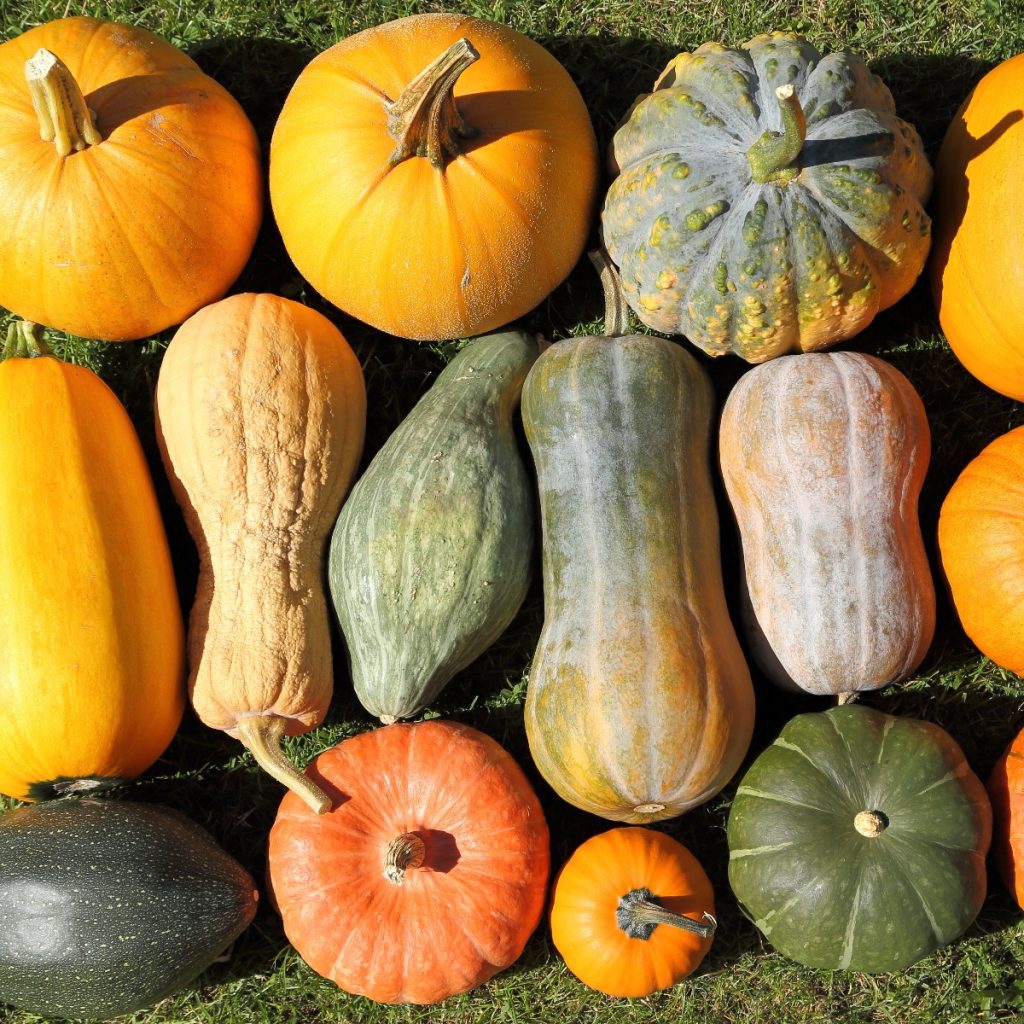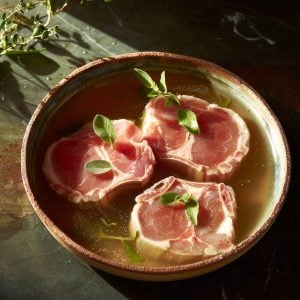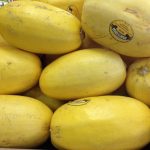Talk about an early American health food
Fall squash was introduced to the colonists by our native Indians when they first arrived in America. Evidence shows that squash was eaten in South America more than 2,000 years ago.
The English name for squash comes from the Narragansett Indian word askutasquash, which means green-raw-unripe, which was how the Narragansetts ate it.
What Is Winter Squash?
Winter squash is a type of fruit that is typically harvested in the late fall and is known for its hard rind and sweet, dense flesh. Examples of winter squash include butternut, acorn, and spaghetti squash.
They are typically cooked before eating and can be used in a variety of dishes such as soups, stews, and pies. They are also a good source of dietary fiber and vitamins A and C.
Why Are They Called Winter Squash?
They are called so because they are typically harvested in the late fall and have a hard rind that allows them to be stored for several months, making them a good source of food during the winter months.
Unlike summer squash, which has a thin, tender skin that makes them more perishable, the hard rind of winter squash protects the fruit and allows it to be stored for longer periods of time without spoiling.
Additionally, the name “winter squash” also refers to the fact that they are typically harvested in the fall when the weather is cooler and the days are shorter.
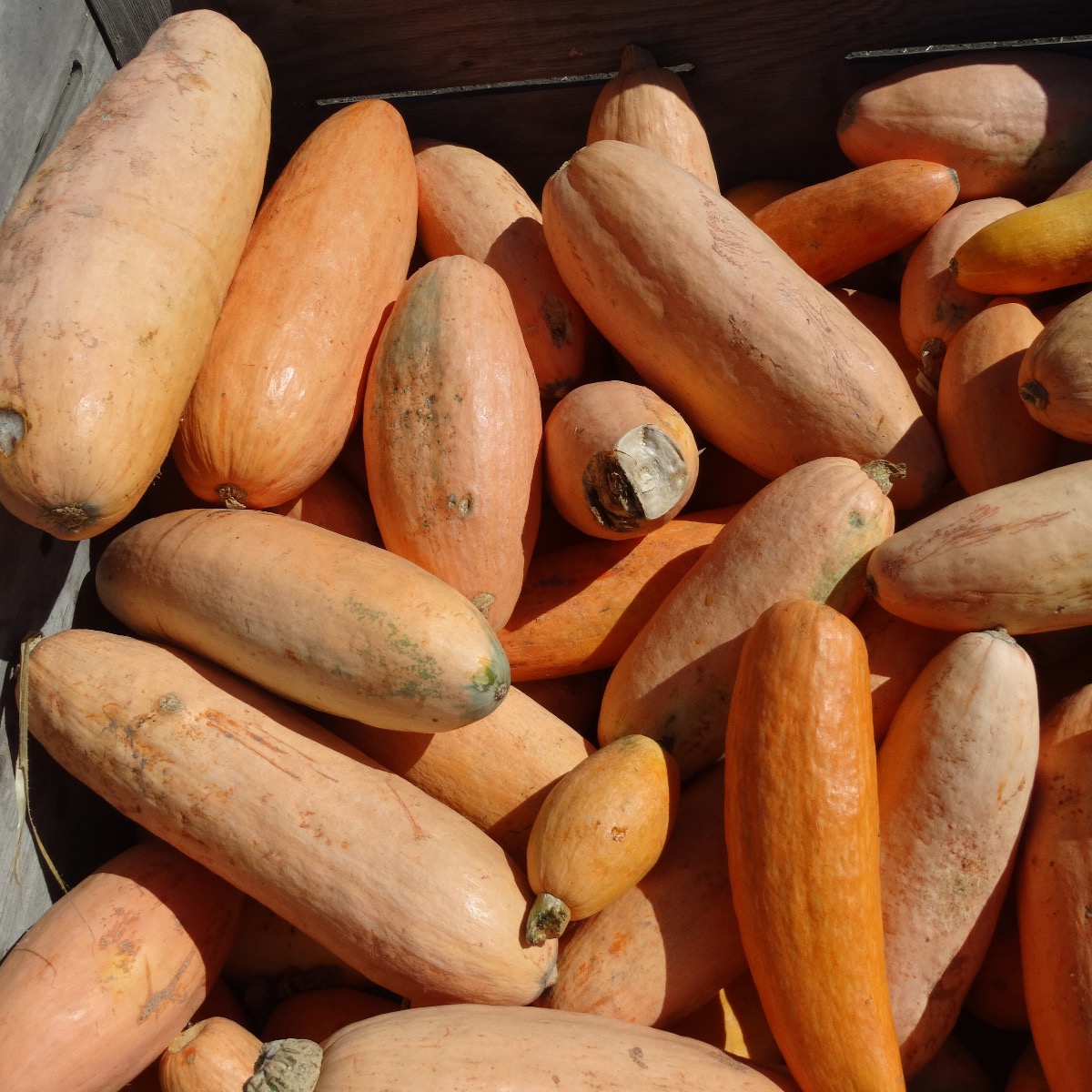
Banana Squash
Very large, long, and cylindrical and can weigh up to thirty pounds. Banana squash has thick, hard skins and ranges in color from pale yellow to ivory with a finely textured flesh that is creamy orange or pink.
Sweet and dry, banana squash is excellent when combined with baked potatoes.
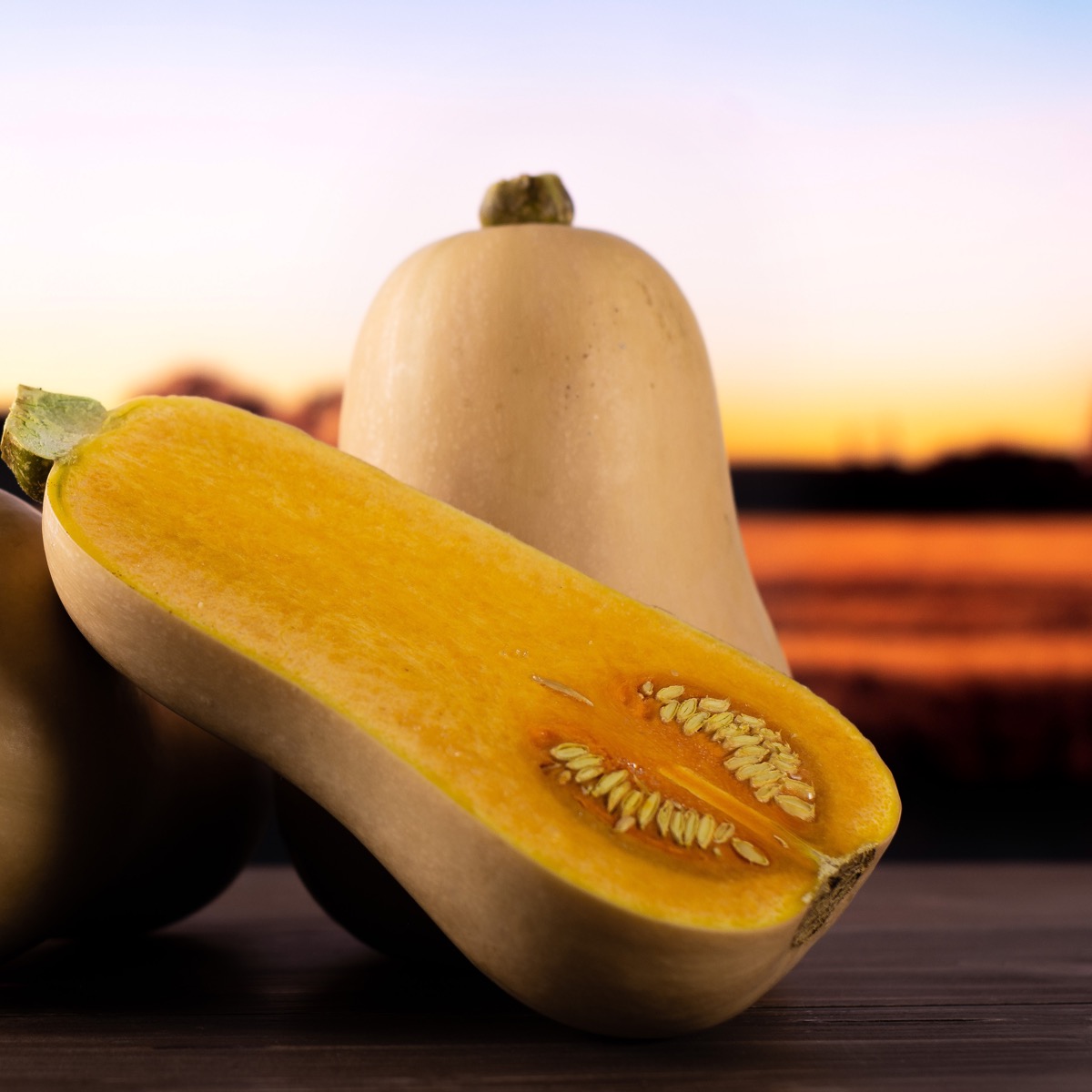
Butternut Squash
Shaped like a large peanut with cream-colored skin, deep orange flesh, and a distinctive butterscotch flavor. Baked or steamed, butternut squash makes an excellent single serving when cut in half with a topping of butter and maple syrup.
It has a sweet, nutty, and slightly earthy flavor, and a dense, sweet, and slightly dry texture. It’s great for roasting, pureeing, and soups.
Roasted Butternut Squash with Israeli Couscous Recipe
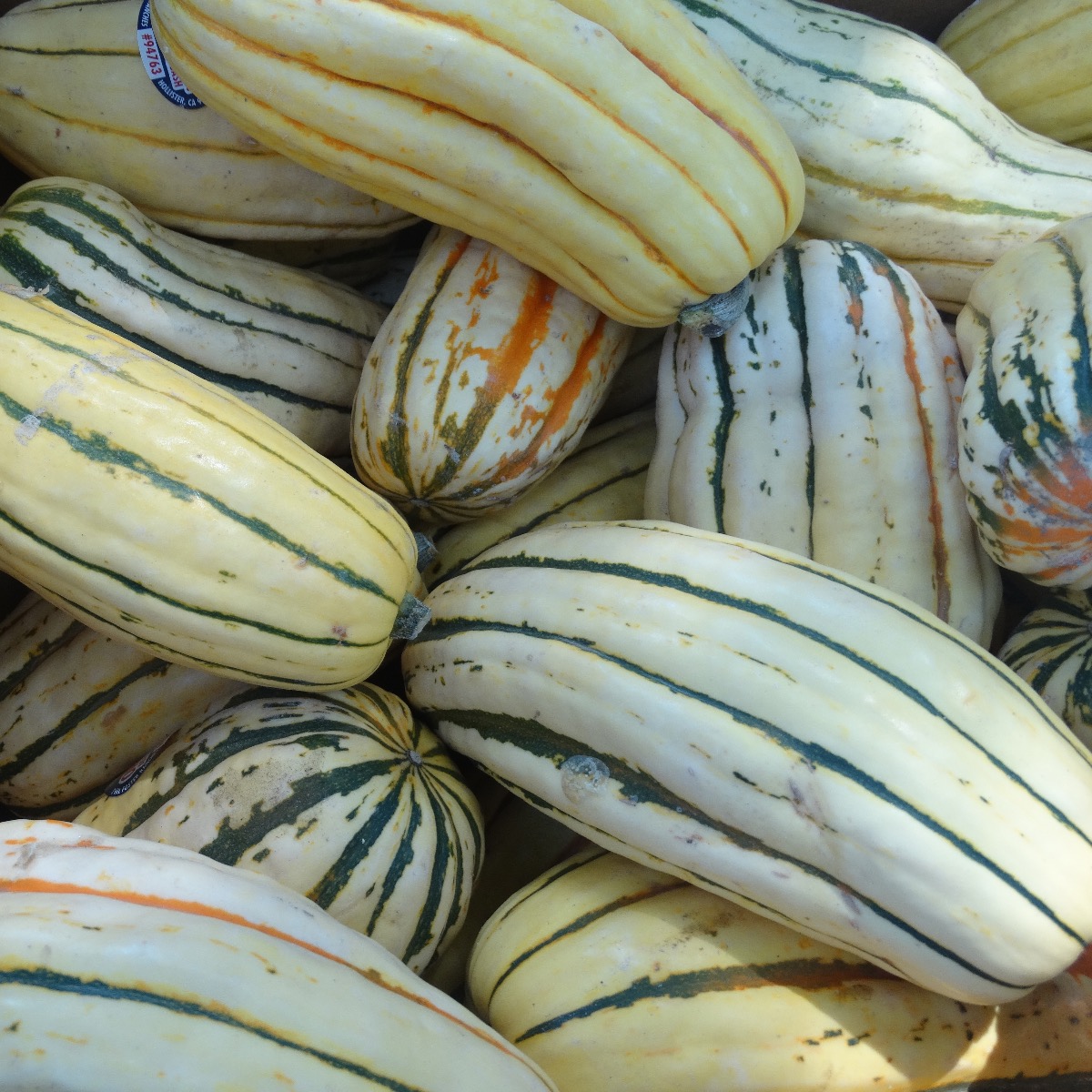
Delicata Squash
An interesting-looking squash with green and tan stripes, sometimes called Bohemian or Sweet potato squash. Delicata squash first arrived in New York around 1894.
It has a small, oblong-shaped squash with creamy-yellow skin with green stripes and a sweet, nutty flavor and a moist and creamy texture. It’s great for roasting, sautéing, and baking. It tastes and smells like a blend of corn, butternut squash, and sweet potato.
Best when baked or steamed, but not recommended for soups.
Delicata Squash & Shallots Recipe
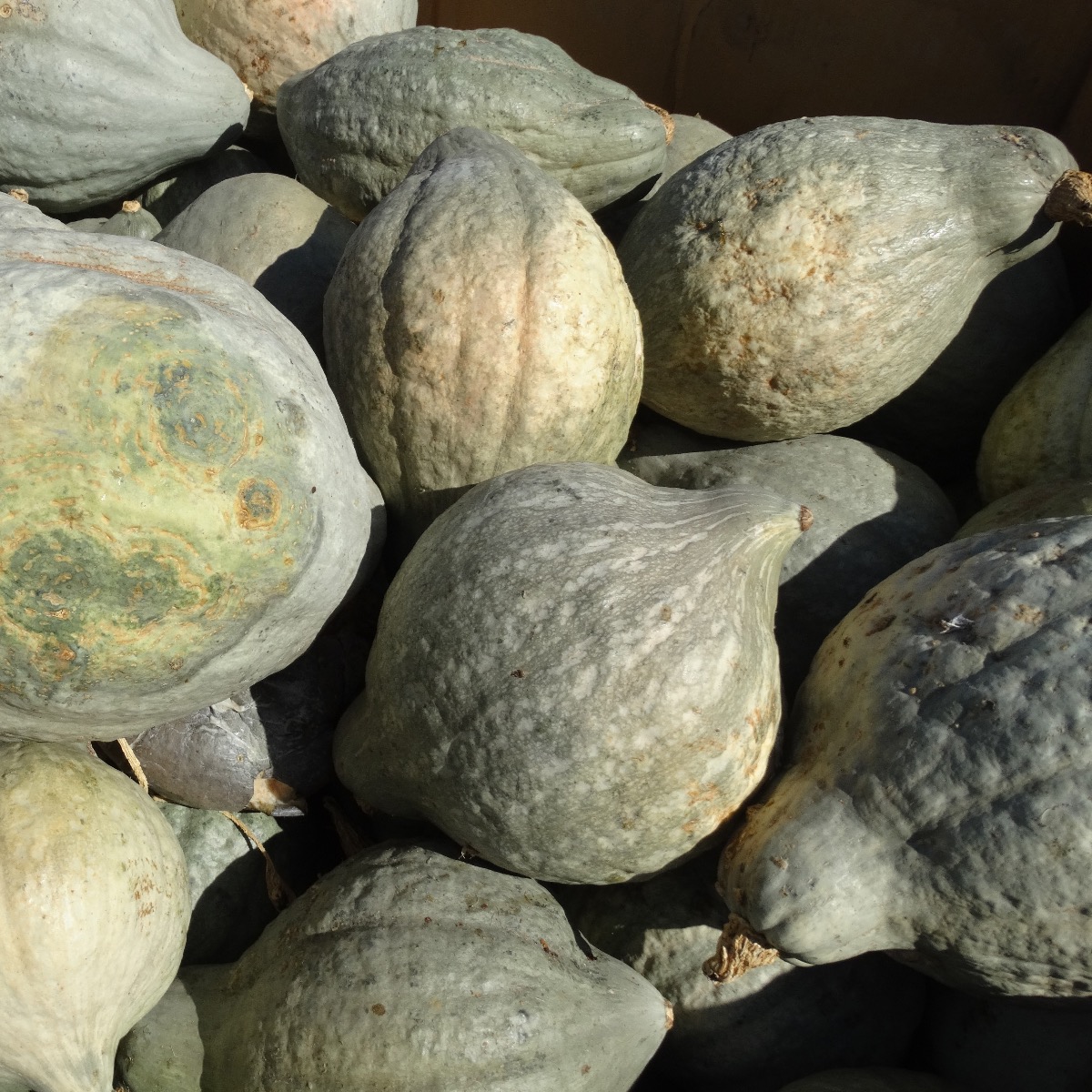
Hubbard Squash
Named after Elizabeth Hubbard of Massachusetts, these squash are round in the middle with tapered necks and have warty skin.
I wonder why they were named after Elizabeth. Excellent as a substitute for pumpkin pie, they have a thicker, firmer texture than fresh pumpkin, and because they are sweeter, less sugar is required.
It is a large winter squash with tough, bumpy, and warty skin that can be green, orange, or grey. It has a sweet, nutty flavor and a dense, slightly dry texture. It’s great for roasting, baking, and pureeing.
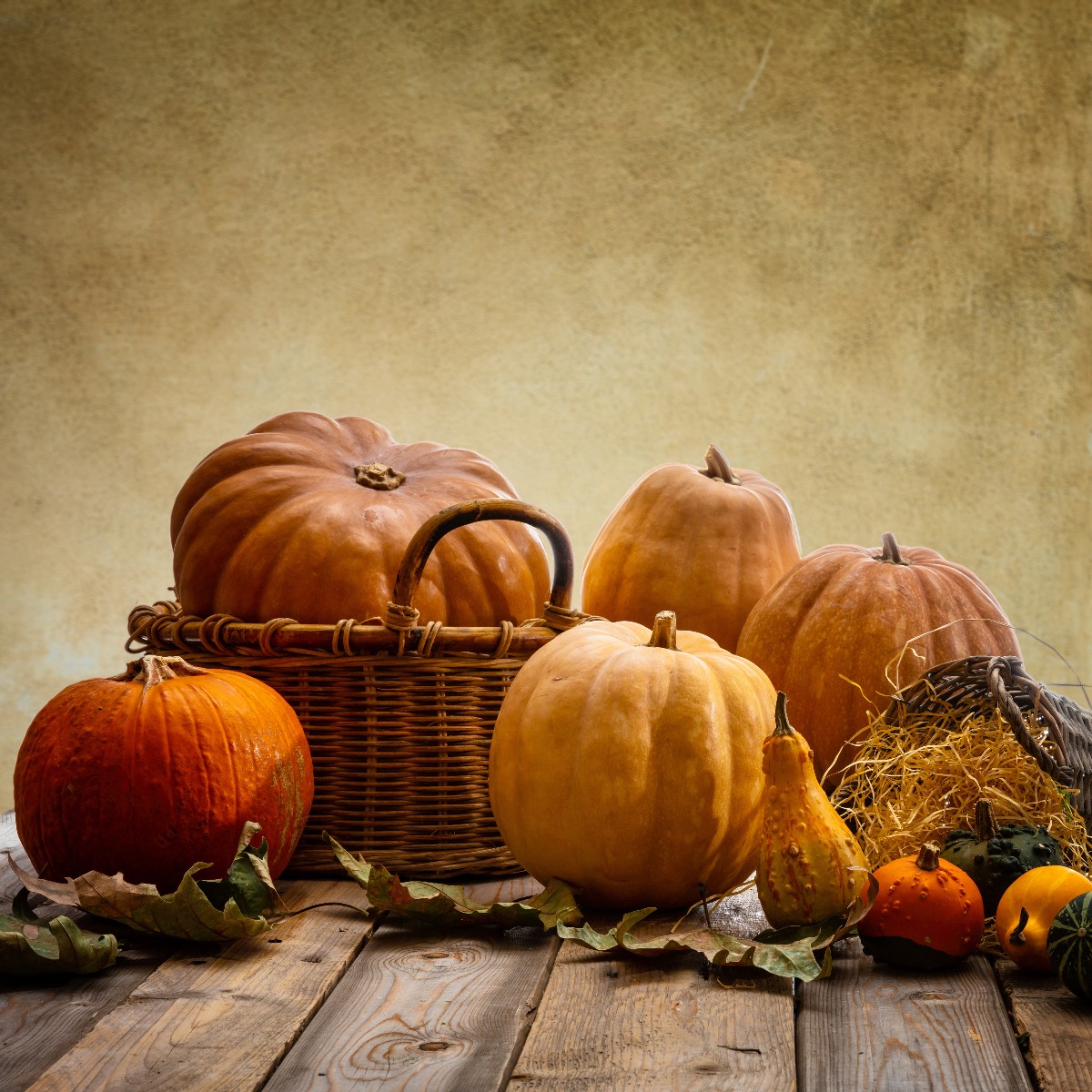
Pumpkins
Ranging in size from less than a pound to more than one hundred pounds, pumpkins are traditionally considered round and orange, although they come in various colors ranging from white to blue.
I can’t say I’ve ever seen a blue pumpkin. Its orange flesh is mild and sweet, and you can roast the seed for a nutty snack.
When purchasing for cooking, look for smaller sizes that are free from blemishes and feel heavy for their size. When purchasing for carving, bigger is better!
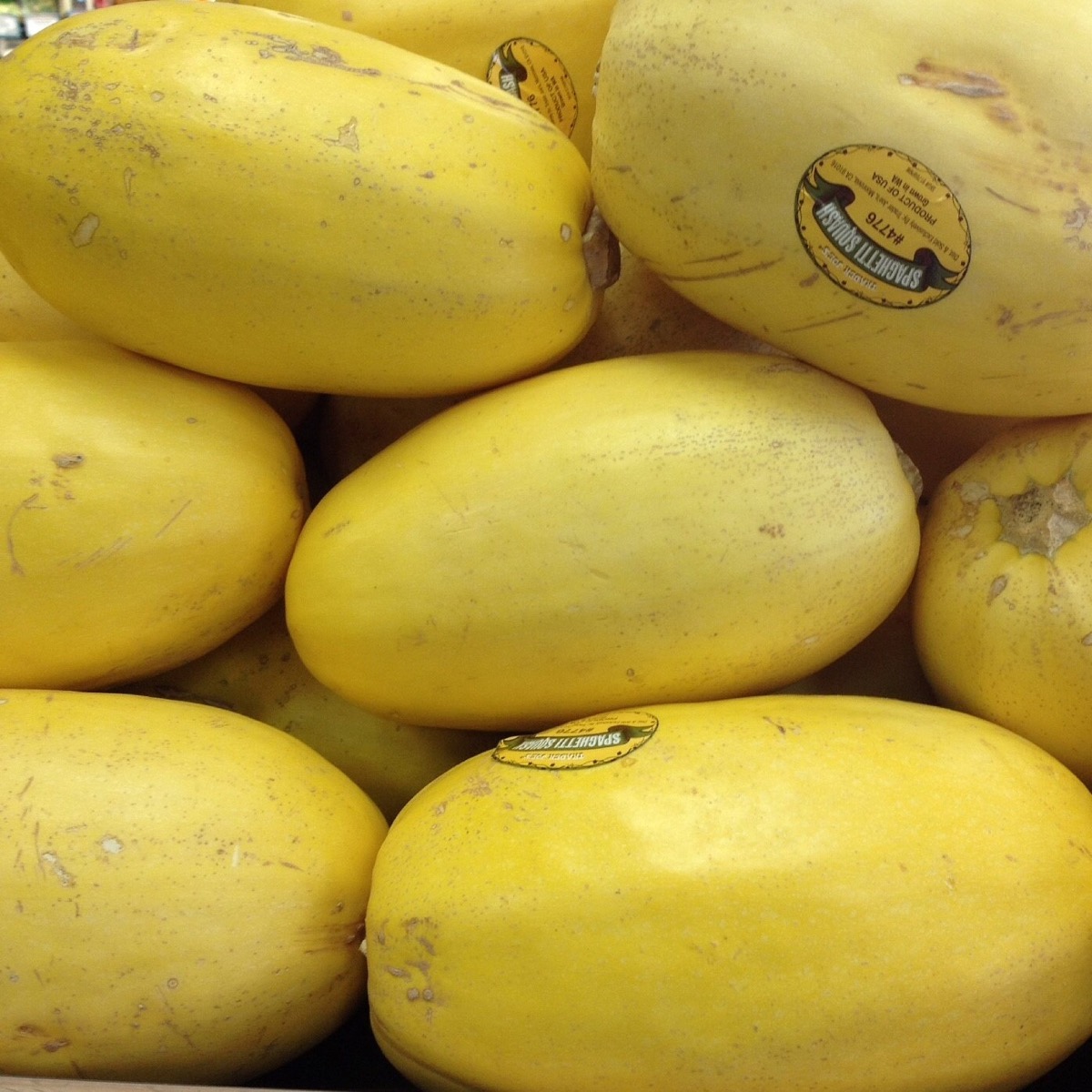
Spaghetti Squash
Spaghetti squash is one of my favorite fall squash, which is oval-shaped, slightly sweet, and a little bland. It has a pale yellow, elongated shape with a slightly sweet and nutty taste. When cooked, the flesh separates into spaghetti-like strands. It’s great for use in place of pasta, or for adding to soups and stews
Look for larger squash; they have better flavor and bigger strands.
Spaghetti Squash
Ingredients
- 1 spaghetti squash
- salt
- olive oil or butter
- pepper
Instructions
- Preheat the oven to 375 degrees F (190 degrees C).
- Cut the spaghetti squash in half lengthwise and scoop out the seeds and stringy fibers from the center of each half.
- Place the squash halves cut-side-down on a baking sheet and season with salt.
- Roast in the oven for 30-40 minutes or until the flesh is tender and easily pierced with a fork.
- Remove the spaghetti squash from the oven and let it cool for a few minutes.
- Use a fork to scrape the flesh of the squash, which will separate into spaghetti-like strands.
- Serve the spaghetti squash as is or with a little butter or olive oil, salt and pepper to taste.
Notes

Acorn Squash
Shaped like acorns, dark green with deep ridges, sometimes called Table Queen, acorn squash has a slightly dry, orange-colored flesh with a definite nut-like flavor. Perfect for stuffing and best when baked.
Its texture is slightly drier and denser than butternut. It’s great for roasting and baking
Some Other Winter Squash
Kabocha Squash: also known as Japanese pumpkin. It has dark green skin with sweet, moist, and dense flesh. The flavor is similar to a sweet potato, with a slightly nutty and chestnut-like taste. It’s great for roasting, sautéing, and soups.
Turban Squash: a type of winter squash that has a unique, turban-like shape and a hard, thick rind that can be either tan, green, or orange. It has a sweet, nutty flavor and a dense, slightly dry texture. It’s great for roasting, baking, and pureeing.
Carnival Squash: a type of acorn squash that has a green and orange striped exterior with a sweet, nutty flavor. It’s great for roasting, sautéing, and baking.
Sweet Dumpling Squash: a small, round squash with white, tan, or green skin. It has a sweet, nutty flavor and a moist, slightly dry texture. It’s great for roasting, sautéing, and baking.
Blue Hubbard Squash: a large winter squash with tough, bumpy and warty skin that can be blue-grey. It has a sweet, nutty flavor and a dense, slightly dry texture. It’s great for roasting, baking, and pureeing.
This is not an exhaustive list of all the winter squashes, and there are many other varieties that exist with unique characteristics.
Is Winter Squash Nutritious?
Yes, winter squash is a nutritious food. It is a good source of dietary fiber, which can help support healthy digestion and can lower cholesterol levels.
Winter squash is also a good source of vitamins A and C, which are important for maintaining healthy skin and immune function. Additionally, they are a good source of potassium, which is an essential mineral that helps to regulate blood pressure.
They also contain other essential vitamins and minerals like Vitamin K, Vitamin E, Vitamin B6, magnesium, and manganese. They are also low in fat and calories, making them a healthy addition to a balanced diet.

What Does Winter Squash Taste Like?
Winter squash has a sweet and nutty taste, with a dense and slightly dry texture. The flavor can vary depending on the variety of winter squash, but generally, it has a slightly sweeter and more intense flavor than summer squash.
Butternut squash has a sweet, nutty, and slightly earthy flavor, while acorn squash has a slightly sweeter, nutty, and slightly buttery flavor. Spaghetti squash has a milder flavor, with a slightly sweet and nutty taste and a texture that when cooked, turns into spaghetti-like strands.
Some varieties of winter squash can have a slightly bitter taste, but this can usually be minimized by removing the seeds and stringy fibers before cooking.
What Is the Difference Between Summer Squash and Winter Squash?
- Harvest Time: Summer squash is typically harvested in the late spring and early summer, while winter squash is harvested in the late fall.
- Rind: Summer squash has a thin and tender skin that makes them more perishable, while winter squash has a hard rind that allows them to be stored for longer periods of time without spoiling.
- Nutritional value: Winter squash tends to have more dense flesh than summer squash and thus contains a more nutritional value.
- Texture and Taste: Summer squash is usually more delicate, watery, and has a milder taste, while winter squash is sweeter and has a thicker, denser flesh.
- Uses: Summer squash is often eaten raw or lightly cooked, and is used in salads and sandwiches, while winter squash is typically cooked before eating, and is used in a variety of dishes such as soups, stews, and pies.
- Shape and Size: Summer squash is typically smaller and has a more rounded shape, while winter squash is larger and has a more elongated shape.
- Variety: There are a lot of varieties of summer squash like zucchini, yellow squash, and pattypan, while there is a variety of winter squash like butternut, acorn, and spaghetti squash, among others.
Do You Peel Winter Squash Before Cooking?
It depends on the recipe and personal preference. Some recipes call for peeling the winter squash before cooking, while others do not.
If you are going to peel the winter squash, it is recommended to use a sharp knife or a vegetable peeler. Some varieties of winter squash, such as butternut squash, have thick and tough skin that may be difficult to peel, but with a sharp knife or peeler, it can easily be removed.
If you’re not going to peel the winter squash, it’s important to wash the skin thoroughly before cooking. Some people prefer to cook winter squash with the skin on, as it can add a nice texture and flavor to the finished dish.
When cooking winter squash, it can be roasted, steamed, sautéed, or added to soups and stews. Once cooked, the skin can be easily removed, and the flesh scooped out and used in a variety of dishes.

